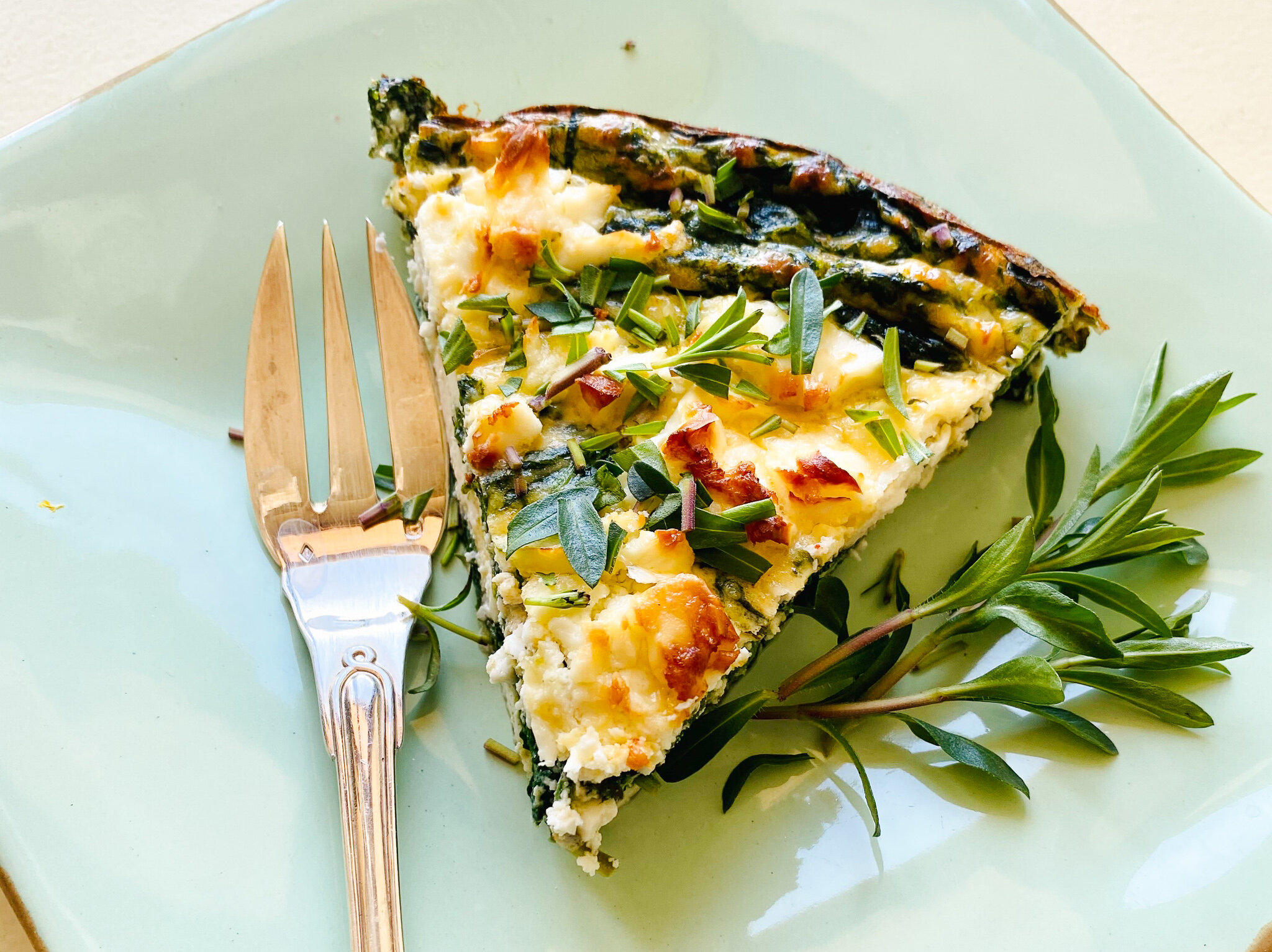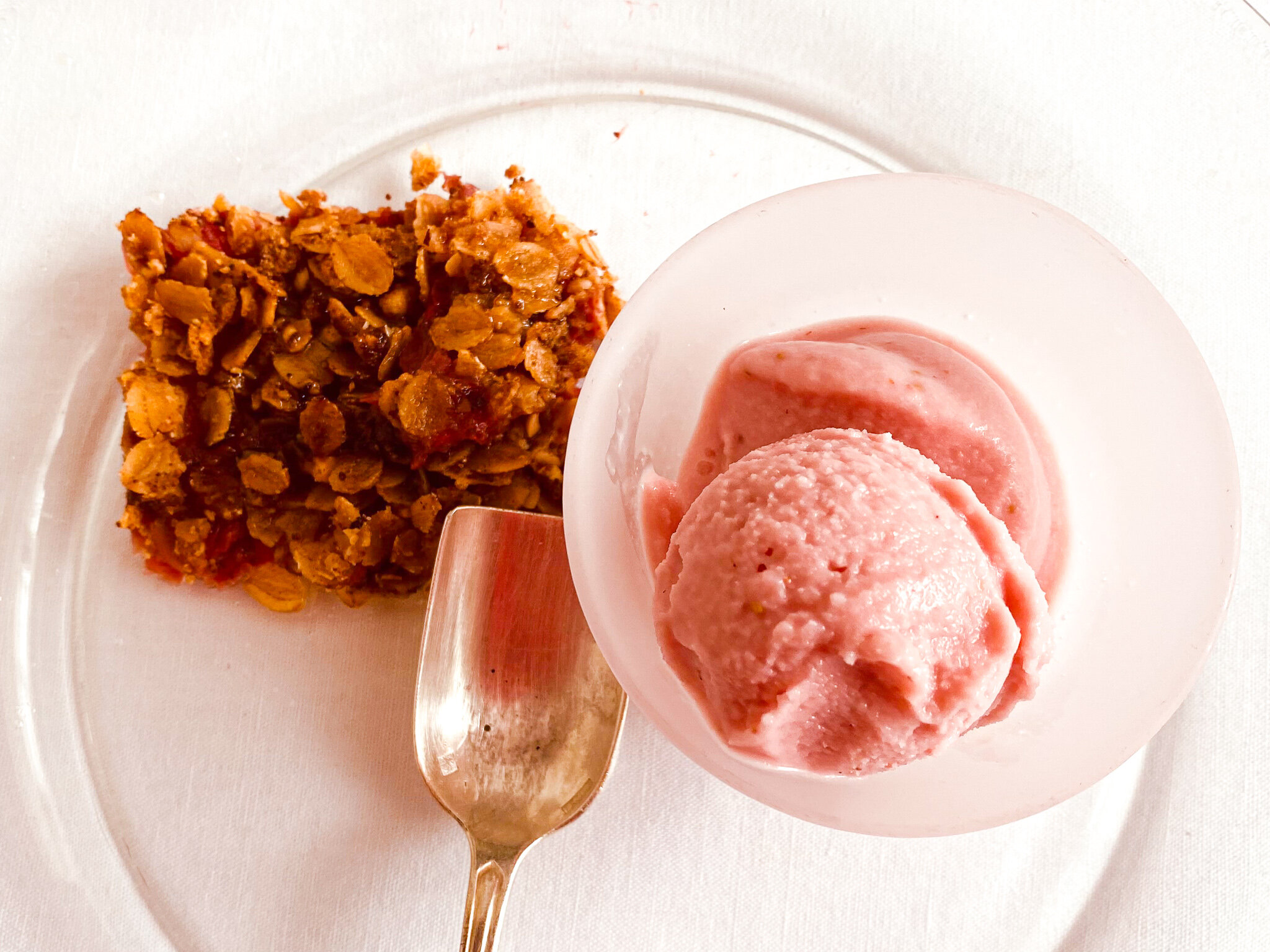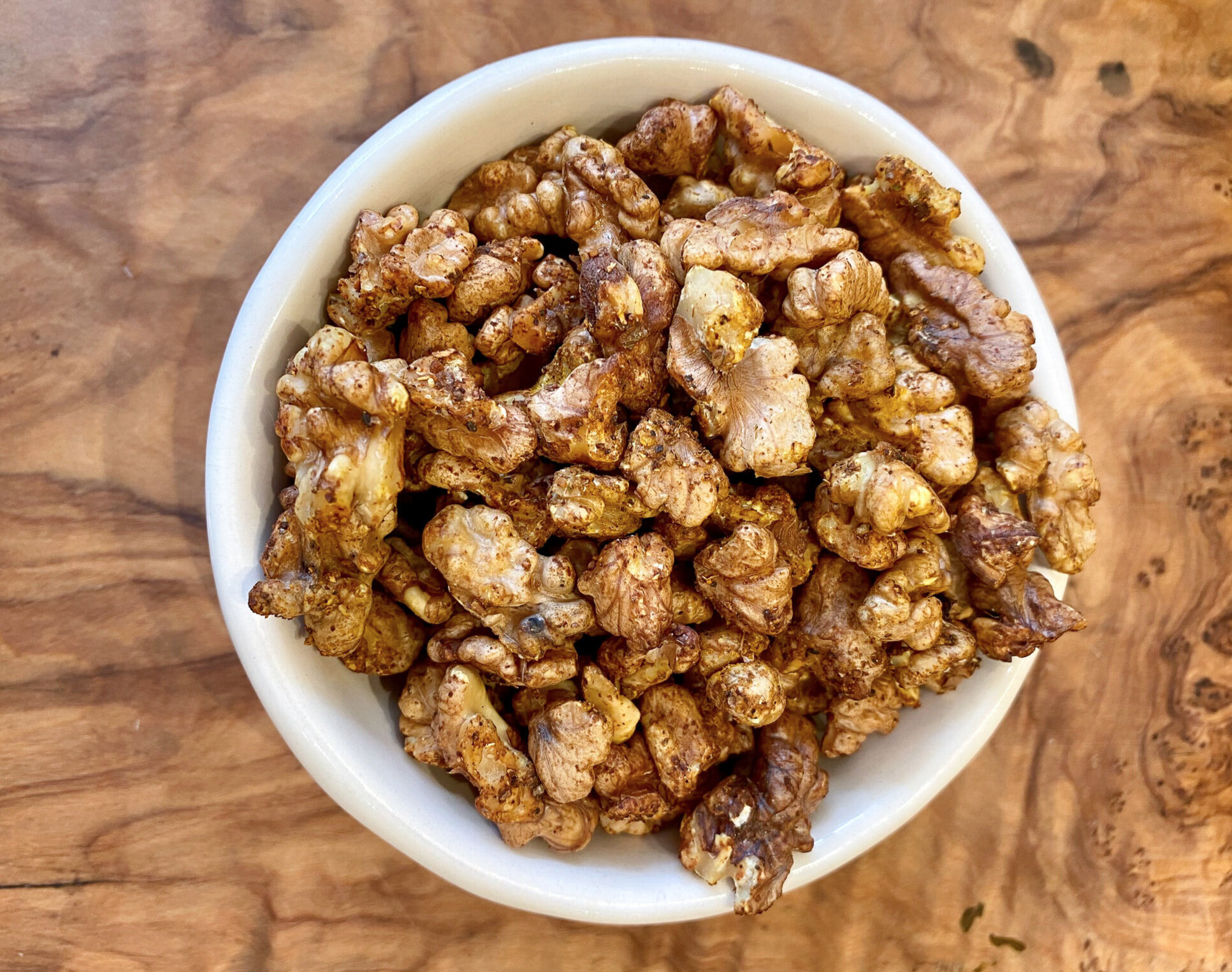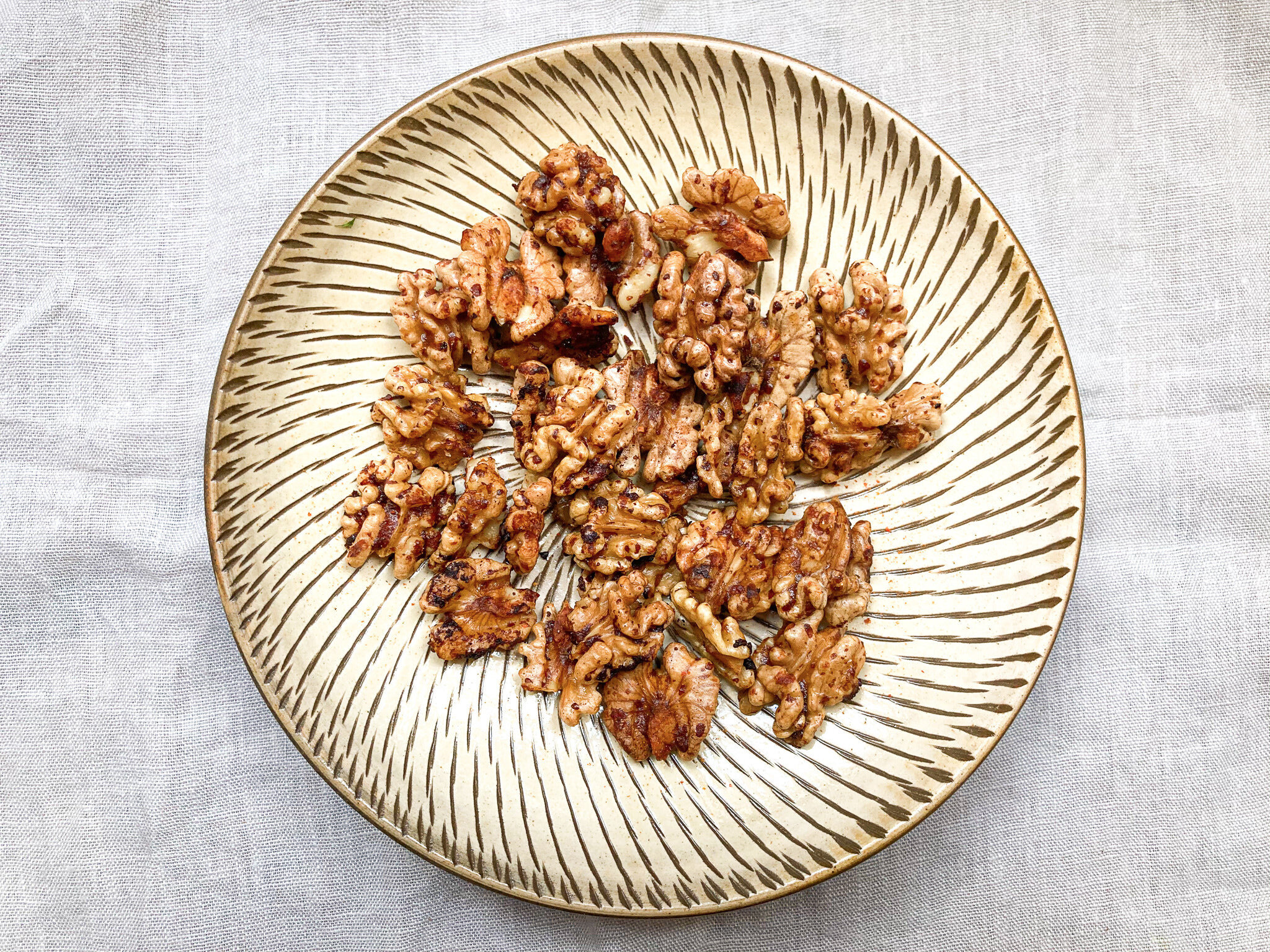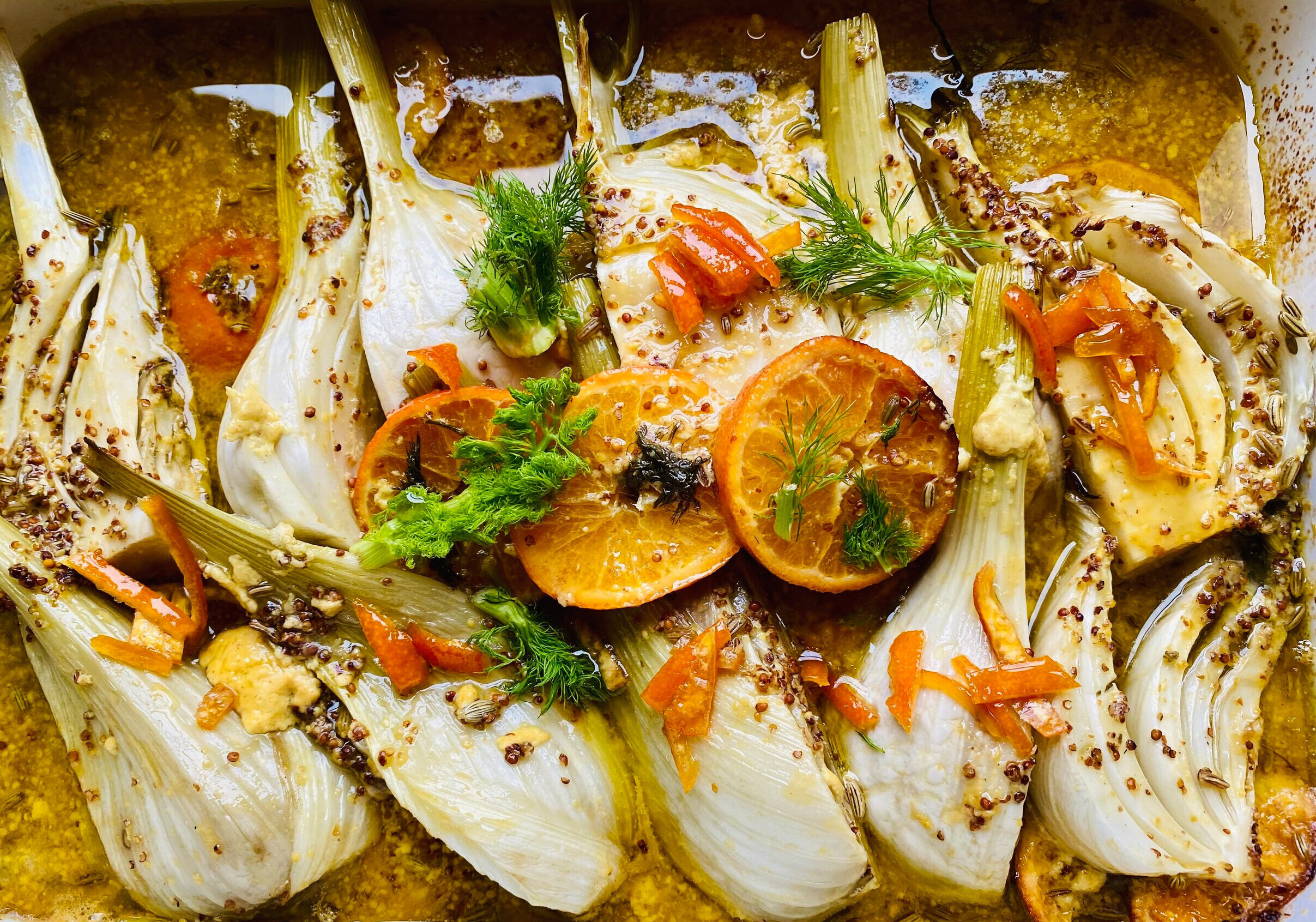Any cook looking for a golden, cake-like gluten-free bread recipe need look no further. This healthy wholegrain bread requires no special equipment and couldn’t be simpler to throw together. Each ingredient plays a role here: The brown rice flour is full of fiber and helps provide the bread with a grainy texture and a fine, dry crumb. The cornstarch helps create a tender, dessert-like texture and can also be swapped out for nutrient-dense arrowroot which is known to be good for the gut. The psyllium (also a very gut-friendly ingredient) helps bind the bread and retain moisture, keeping it from becoming too crumbly. Finally, the baking powder increases the volume and lightens the texture of this new star of our kitchen.
Gluten-free batter bread
Makes 2 loaves | Equipment: Two 1-quart (1 l) nonstick rectangular loaf pans; a baking sheet; a cooling rack
Ingredients
Butter or extra virgin olive oil, for greasing the pans
1 ½ cups (375 ml) lukewarm water, divided
2 tablespoons active dry yeast
2 tablespoons honey
2 tablespoons (30 g) melted butter or extra virgin olive oil plus more for garnish
3 organic, free-range egg whites, at room temperature
1 teaspoon apple cider vinegar
2 cups (260 g) organic, gluten-free brown rice flour
1 cup (70 g) organic, gluten-free cornstarch
2 tablespoons psyllium husk powder
1 1/2 teaspoons fine sea salt
2 teaspoons gluten-free baking powder
Method
1. Center a rack in the oven. Preheat the oven to 400°F (200°C). Butter the bottoms and sides of the pans.
2. In a measuring cup, combine ½ cup (125 ml) lukewarm water, the yeast and honey. Stir and set aside until the mixture bubbles and has a fragrant yeast aroma, about 10 minutes.
3. In a small bowl, combine the 2 tablespoons (30 g) melted butter, the egg whites, and vinegar and stir to blend.
4. In a large bowl, combine the rice flour, cornstarch, psyllium, salt, and baking powder, and stir to blend. Add the yeast mixture and stir to blend. Add the remaining 1 cup (125 ml) of lukewarm water and the butter mixture and stir to blend. The mixture should be thin, like a cake batter.
5. Pour the batter into the pans, evenly dividing the batter. Place the pans on the baking sheet, cover with a cloth, and let rise until doubled, about 20 minutes. Place the baking sheet in the oven and bake for 20 minutes. Remove the baking sheet from the oven, turn the breads out onto the sheet, turn upright, and return the baking sheet to the oven. Bake until the breads are deep golden and firm, about 20 minutes more. Transfer the breads to a cooling rack and brush with butter or olive oil. Wait until the bread is completely cooled to slice. The bread is best when toasted. Store in a cloth bag for up to three days.
This is a Nourish the Planet recipe, part of a collaborative series by Patricia Wells and Emily Buchanan.
© 2021 – All rights reserved. Please do not reproduce without permission.
Find our more here about why we created this series.




